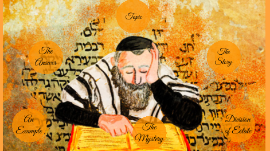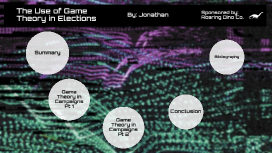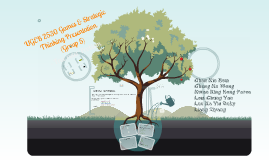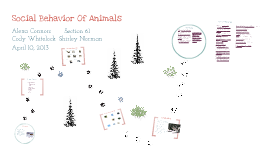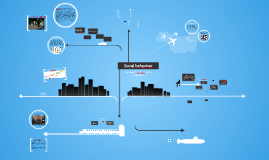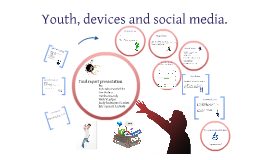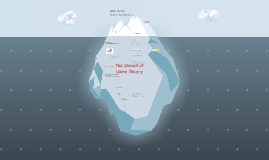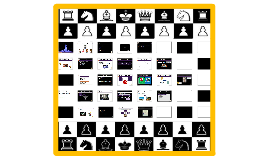social behaviour
Transcript: Cwillis92(July 17, 2010) Hunting Behaviour of the Wolf. Hubpages. Retrieved from http://cwillis92.hubpages.com/hub/Hunting-Behavior-of-the-Wolf International Wolf Center.(2013)Teaching the World about Wolves. Wolf.org Retrieved from http://www.wolf.org/wolves/learn/basic/biology/communication.asp Lawrence R.D. (1993).Trail of the Wolf. Toronto, Ontario: Key Porter Books. Miles.K (2002) Wolfdog training.The wolfdog. Adapted from the works of L. David Mech, Erik Zimen, L. Partignani & Ricordi. Retrieved from http://www2.fiu.edu/~milesk/training.htm Savage, C. (1996). The Nature of Wolves. Vancouver B.C. Greystone Books. Wolfcountry.net.(2013) The Wolf Pack. Wolfcountry.net. Retrieved from http://www.wolfcountry.net/information/WolfPack.html Owen, J. (2004, December 9). National geographic news. Retrieved from http://news.nationalgeographic.com/news/2004/12/1209_041209_crows_apes.html Rice , R. (2007). Smithsonian national zoological park . Retrieved from http://nationalzoo.si.edu/scbi/migratorybirds/featured_birds/default.cfm?bird=American_Crow Climate change and birds. (n.d.). Retrieved from http://www.naturecanada.ca/climate_change_birds.asp Audubon society. (n.d.). Retrieved from http://birdsandclimate.audubon.org/ Gallagher, J. (2013, February 23). Crows return after west nile die-off. Retrieved from http://www.stltoday.com/lifestyles/health-med-fit/crows-return-after-west-nile-die- off/article_76f29e15-946b-5594-b6e8-7336b09066e7.html Crows and their night roosts. (2013). Retrieved from http://www.massaudubon.org/Nature_Connection/wildlife/index.php?subject=Birds: Behavior&id=13 Westerfield, M. (2011, November 15). crows.net. Retrieved from http://www.crows.net/language.html Urbanization Beta and Omega - Fatal to the crow species - Used it to its greater advantage Axel (2013). Retrieved from http://observando.net/page/341 Black Hat Gringo blog, (October 20, 2011). Wolf and Crow. Retrieved from http://www.clifftheblackhatgringo.com/2011_10_01_archive.html Crivello, J.( January 13, 2011.) Timber Wolves. National Geographic. Retrieved from http://photography.nationalgeographic.com/photography/photo-of-the-day/timber-wolves/ Dutcher, J.(2013) The Alpha Male Gray Wolf, Canis Lupus, Dominates the Omega Wolf. All posters. Retrieved from http://www.allposters.com/-sp/The-Alpha-Male-Gray-Wolf-Canis-Lupus- Dominates-the-Omega-Wolf-Posters_i4207408_.htm Foxtails and fashion (2013) retrieved from http://foxtailsandfashion.tumblr.com/post/13968637331/cosmickaleidoscopic-oh-my-gosh imgur (2013) retrieved from http://i.imgur.com/dbDnK.jpg London, C. (11 December 2012.) Retrieved from http://cassonlondon.blogspot.co.uk/ Megaamegan. (2013) Social behaviour . Retrieved from http://pinterest.com/pin/82753711873180342/ O’Connell, S. (2013). Magical Nature Tour. Retrieved from http://magicalnaturetour.tumblr.com/post/25023396312 Purdue University (2010). Track identification guide. Wildlife Conflicts. Retrieved from http://www3.ag.purdue.edu/entm/wildlifehotline/pages/TrackID.aspx Sotgiu ,M.(May 2012) The wolf and the crow, Retrived from http://fornsed.tumblr.com/post/2110766943/wtwtare-the-wolf-and-the-crow-photo-by- mirko Tourofduty. (2013). Wolf paw print. IMVU. Retrieved from http://www.imvu.com/shop/product.php?products_id=5416373 Wolves against hunters (2013). Omega wolf. Wolves against hunters. Retrieved from http://wolvesagainsthunters.com/hierarchy-of-a-wolf-pack/ Conclusion How ranks are established problem solving techniques Adaptations continued... Social Behavior Of Animals (Sibley, 2012) (Black Hat Gringo, 2012) •Rank order is established through a series of ritualized fights and posturing •Wolves prefer psychological warfare to physical confrontations • the dominant wolf will stare, snarl or growl at the subordinate •It lies on the ground, side and belly exposed. Population strain - Ability to remember and recognize (Taylor, 2011) (Crivello, 2011) (Lynn, 2007) -strong social ingenuity Introduction - Trial and error -Survival skills (Britannica, 2011) - Ability to imitate other sounds •Wolves work as one unit to take down prey. •Old, young, sick or weak. •Pose less of a threat to the wolves themselves. •wolves will usually wait and take turns testing the prey. •Plan ambushes -Adaptations - Team work established Problem solving clip... vocalization (London, 2012) -Social ingenuity of Crows Introduction - Quick learners Conclusion •howling, barks, and whimpers to communicate •Wolves use scent marking to border their boundaries, mark the kill sites and trails. • Use their faces, much like people to tell the other members how they are feeling. • Combinations of facial gestures and tail gestures mean different things. - Independent and no hierarchy Section 61 Vocalization - Scattered the population Social Structure of Wolves -Roles -How they communicate -Hunting References Beta •The Beta wolves are the second in command • well-respected within the pack. •They enforce what the alphas choices Omega •Punching bag of






